Esther Hart may refer to:
- Esther Hart (singer) (born 1970), Dutch singer
- Esther Hart (Titanic survivor) (1863–1928), survivor of the sinking of the RMS Titanic
Esther Hart may refer to:
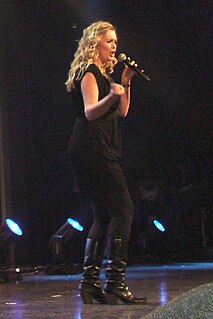
Esther Hart is a Dutch singer.
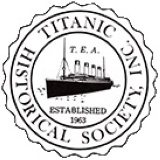
The Titanic Historical Society, Inc. (THS) is a non-profit organization founded on July 7, 1963, whose purpose is the preservation of the history of the famous ocean liner RMS Titanic, which sank in 1912, in one of the greatest maritime disasters in history.

Commander Harold Godfrey Lowe RD, RNR was the fifth officer of the RMS Titanic. He was amongst the 3 officers to survive the disaster

Archibald Gracie IV was an American writer, soldier, amateur historian, real estate investor, and survivor of the sinking of RMS Titanic. Gracie survived the sinking by climbing aboard an overturned collapsible lifeboat and wrote a popular book about the disaster, which is still in print today. He never recovered from his ordeal and died less than eight months after the sinking, becoming the first adult survivor to die.

Michel Marcel Navratil, Jr. was a French philosophy professor who was one of the last survivors of the sinking of Titanic on 15 April 1912. He, along with his brother, Edmond (1910–1953), were known as the "Titanic Orphans", having been the only children rescued without a parent or guardian. He was three years old at the time of the disaster.

Eliza Gladys Dean, known as Millvina Dean, was a British civil servant, cartographer, and the last living survivor of the sinking of the RMS Titanic on 15 April 1912. At two months old, she was also the youngest passenger aboard.
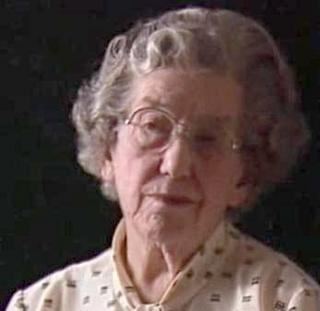
Eva Miriam Hart MBE was a British woman who was one of the last remaining survivors of the sinking of RMS Titanic on 15 April 1912.

Edith Haisman was a South African-British woman who was one of the last remaining and oldest survivors of the sinking of RMS Titanic in April 1912. She was the last survivor born in the 19th century, and therefore the last survivor who was a teenager at the time of the sinking, although seven younger survivors outlived her.

The RMS Titanic sank in the early morning hours of 15 April 1912 in the North Atlantic Ocean, four days into her maiden voyage from Southampton to New York City. The largest ocean liner in service at the time, Titanic had an estimated 2,224 people on board when she struck an iceberg at around 23:40 on Sunday, 14 April 1912. Her sinking two hours and forty minutes later at 02:20 on Monday, 15 April, resulted in the deaths of more than 1,500 people, making it one of the deadliest peacetime maritime disasters in history.
Titanic: The Complete Story is an American documentary chronicling the story of the ocean liner RMS Titanic which sank on its maiden voyage in 1912. It is a compilation of a four-hour documentary special produced by A&E Television Networks in 1994. A&E Home Video originally sold the entire documentary in a 4-tape VHS set. It is considered by many critics and historians to be the definitive documentary regarding the Titanic.
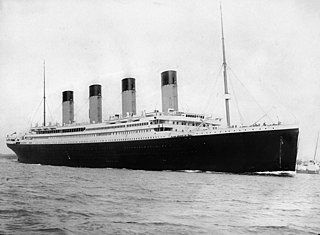
A total of 2,208 people sailed on the maiden voyage of the RMS Titanic, the second of the White Star Line's Olympic-class ocean liners, from Southampton, England, to New York City. Partway through the voyage, the ship struck an iceberg and sank in the early morning of 15 April 1912, resulting in the deaths of 1,503 people.
Frank John William Goldsmith Jr., was a young third-class passenger of the RMS Titanic and a survivor of the sinking in 1912. He later wrote a book about his experiences on the ship, published posthumously as Echoes in the Night: Memories of a Titanic Survivor (1991), which featured in the documentary, Titanic: The Complete Story (1994).
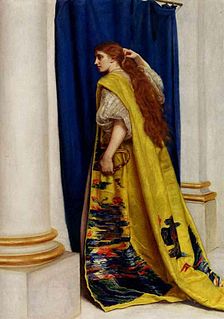
Esther is a female given name known from the Jewish queen Esther, eponymous heroine of the Book of Esther.

The Gregg School is a non-selective independent secondary day school for boys and girls in Townhill Park, Southampton, Hampshire, UK, with an associated kindergarten and primary school, the Gregg Preparatory School, near Southampton Common. The main school occupies Townhill Park House and its grounds. It was founded in Southampton in 1901 and has more than 300 pupils and staff. The Gregg School is not a fully academically selective school. Selection is made through an entry assessment and references from the student's previous school.

The TitanicMusicians' Memorial is a memorial in Southampton, United Kingdom, to the musicians who died in the RMS Titanic disaster on 15 April 1912. The original Titanic Musicians' Memorial was unveiled by the Mayor of Southampton, H Bowyer on 19 April 1913, and was located in the old Southampton library. This library along with the memorial were destroyed during World War II. A replica was erected in 1990. The plaque features a musical inscription, the opening bars of the 19th century hymn, 'Nearer, My God, to Thee' by Sarah Flower Adams, carvings showing a grieving woman and an iceberg, and an inscription with the names of the musicians on the Titanic, including bandleader Wallace Hartley, all of whom died.

There have been several legends and myths surrounding the RMS Titanic. These have ranged from the myth about the ship being unsinkable, to the myth concerning the final song played by the ship's orchestra.

Esther Ada Hart was a survivor of the sinking of the RMS Titanic. She, her husband Benjamin, and their daughter, Eva, decided to immigrate to Canada due to the higher standard of living. The Harts boarded the Titanic on 10 April 1912 on its maiden voyage to New York City. They were second-class passengers.

Titanica is a 1992 IMAX documentary film about the RMS Titanic. The film was directed by Stephen Low and narrated by Cedric Smith, Anatoly Sagalevich and Ralph White. The film mostly focuses on footage taken at the wreck of the RMS Titanic, also featuring footage of the expedition crew searching the wreck as well as interviews with Titanic survivors Frank John William Goldsmith and Eva Hart. Using Eva and the crew members, Low conveys the voice of the documentary by showing the Titanic's wreckage as a graveyard which is to be respected and treated with caution and care. It was the second feature-length IMAX film released, following Stones at the Max in 1991. An edited 40 minute version of the film was also later released for IMAX theatres in 1995; this version had new narration by Leonard Nimoy, though it retains most of White's narration. This edited version later became the basis for another edited version released in 1997, featuring 27 more minutes of interviews with Ralph White, Emory Kristof, and other experts.
Mary Davies may refer to: